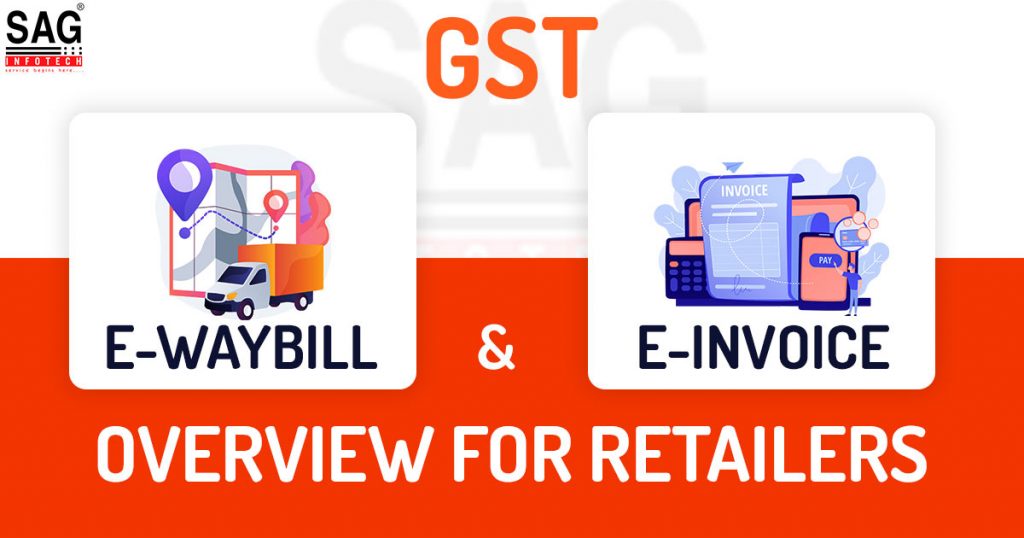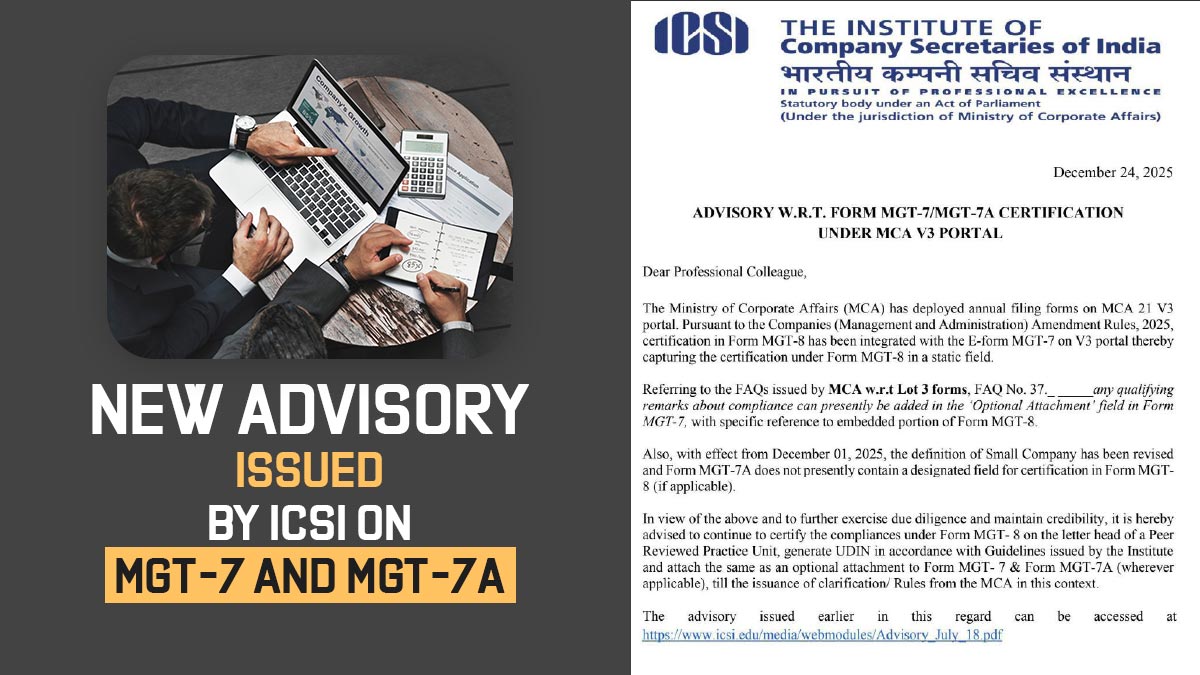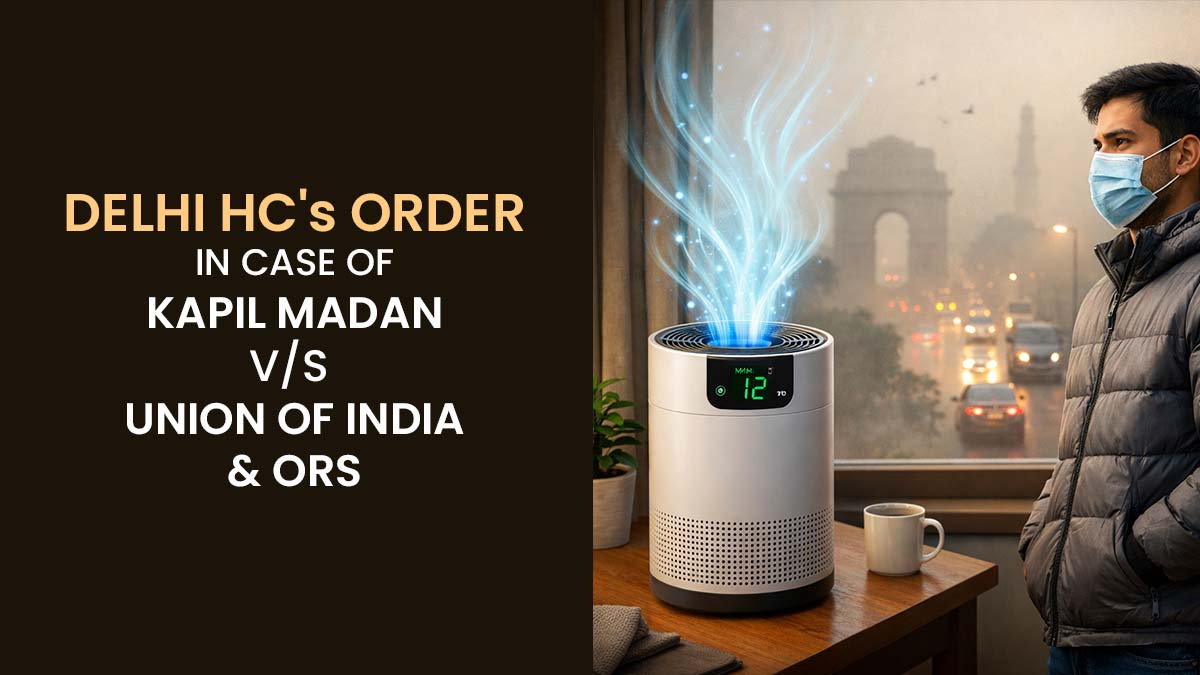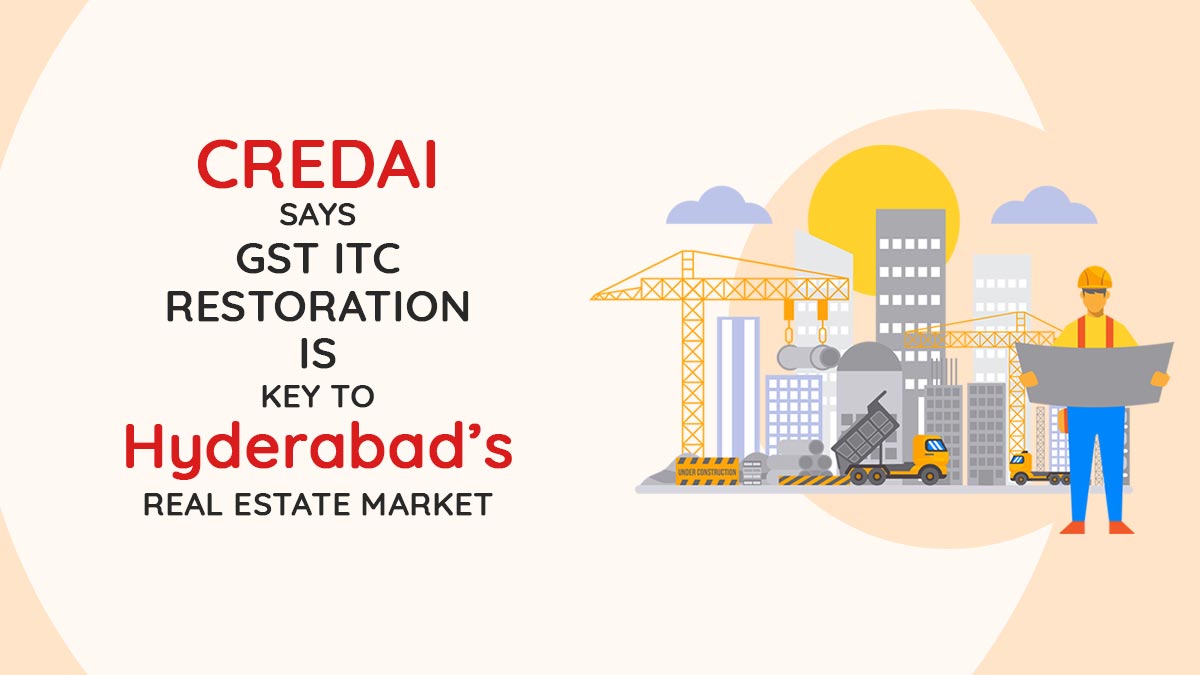
In India, any retailer coming under the turnover range of INR 50 Crore to 500 Crores (and more) must have to follow the below compliance as per the GST Act:
- Real-time GST E-invoice (SEZ, B2B)
- GST Credit Note/Debit Note (B2B, SEZ)
- GST Invoice (B2C)
- Bill of Supply (B2B and B2C)
- Dynamic QR Code for 500 Crores + Entities for B2C
- E-waybill Against Goods’ Movement
- Delivery Challan Necessary for Certain Movements
- GSTR 1, GSTR 3B, GSTR 9 and 9C Returns
- GST Input Tax Credit Reconciliation – GSTR 2A/2B Vs Books
We shall see different e-invoicing (E-INV) and e-way bill (EWB) compliances and practical issues faced by the Industry via this article post.
GST E-Invoicing in Retail Trade
Refer to Rule 48(4) of CGST Rules. 1st Jan 22 for Rs. 100 crore + entities; 1st April 22 for Rs. 50 crore + entities.
In normal terms, the e-invoicing software patches are given to the accounting software in which on the basis of buy or sale order upon accounting the invoices are raised. But in the retail trade industry in which the invoices are shown to the customers on the buyings, compliance with the e-invoicing should happen quickly with no interruptions of errors.
In the current time, e-invoicing is subjected to apply for the B2B and B2C transactions to provide the government control towards that and see the bogus invoicing and unwanted ITC claims.
On the billing software, there would be no e-invoicing patch that undergoes any issues to it. In a manual way, some traders raise the e-invoicing post providing the normal tax invoice beneath rule 46.
E-invoices are asked subsequently. These e-invoices are not being shared with the B2B customers. Indeed these e-invoices do not get raised which renders towards the complete non-compliance.
The cause of the problem that arises is that billing software is practiced which might be a legacy or indigenous software in which the internal IT or software team of the entity might not pose the technical ability to automate e-invoicing via their current framework.
There are vendors who furnish customization of the current billing systems in which the patch has been made. On the other way, separate e-invoicing tools are made that would mediate between the billing software and the government portal and furnish the e-invoice (IRN & QR).
If the automated the time to generate the GST e-invoice for the B2B customer (wait on the billing desk is 5 to 10 seconds.
Essential Points for GST E-invoicing
- The e-invoice copies would not be saved on the e-invoice govt. portal. Hence these copies should be maintained via internal software or third-party tools excluding any loss.
- E-invoice would not be revised post to raised. The same would get refused in 24 hrs.
- The limit of the turnover is needed to be validated in the former fiscal years. But when the limit is crossed then the subject from the existing fiscal year. (instance: if 50 crores crossed in Dec 2021 is subjected to apply from 1.4.22).
Moreover, to the mentioned portion, the software should be enabled to differentiate between the following.
- GST E-invoice for B2B only (incl. SEZ) – B2C and B2B transactions –
- Exempt and taxable transactions – GST E-invoice compulsory for a taxable supply
- Exempt + taxable supply to B2B is not under compliance. It needs a dedicated invoicing
- At least 6-digit HSN availability – GST E-invoice with 6 or less digits
Compliance Executions
- IRN and QR codes must be generated and displayed in the e-invoice
- Supply to SEZ – invoice to have additionally declared under Rule 46
- E-invoice to be given within the supply provisions (Section 10 of IGST Act)
- E-invoice copy to be held under the records for within the time period 6 years from GSTR 9 due date of FY as per Rule 56.
Effects of Non-Compliance
- INR 10k or tax evaded, whichever is higher
- Customers’ ITC would be questioned and refused which leads to the non-payment and loss of trust and reputation.
- Find out the vendors if listed in this dynamic list of GSTINs performing e-invoicing shared through the government.
- Applicability to prevent future issues on the taken declarations from vendors.
GST E-Way Bill for Retailers
E-Way Bill is needed with respect to the movement of the goods is needed for the goods movement in which the value of the consignment is greater than INR 50,000.
Value of the consignment is called as the taxable value + the taxes however do not engage exempted value of the supplies.
The documents are to be taken in the movement is being the invoice or the delivery challan as liable to apply and the valid EWB in the physical form or the E-Way Bill under the electronic form mapped to the RFID of the conveyance.
E-way Bill Exemptions Especially for Retail Traders
- Exempted supplies
- Practised personal as well as household effects
- The movement via non-motorized conveyance
- The additional exemptions beneath rule 138(14) as applicable.
The transactions common towards all the retail trade consists of door delivery, the delivery to the additional than billing address, goods provided to the customers to the shop or showroom.
E-Way Bill Problem and Solutions for Retail Trade
| EWB Situations | Solutions |
|---|---|
| Bought at the store and taken by B2C customer | EWB is not needed as the enrolled supplier would not confirm the termination of delivery. The tax would be passed on the grounds of the address on record. (disputable) |
| Purchased at the store and taken by Business to Business customer | Either the supplier of the customer to extend EWB with respect to the e-invoice. Sl no. 1 the application is disputable unable to say that the used personal effect. |
| Bought at the store and delivered to Business to consumer | Supplier to raise EWB against tax invoice/invoice-cum-bill of supply. |
| Purchased at the store and delivered to Business to business customer | Supplier to raise EWB against e-invoice. |
| Bought at the store and delivered to another address | Supplier to raise EWB against e-invoice and consider ‘Transaction Type’ as ‘Bill to Ship To’ |
| Buy at the store in location 1 and delivered from location 2 | Supplier to raise EWB with respect to the e-invoice and acknowledge the transaction type as a bill from the ship from |
| Purchase at the store in location 1 and delivered from location 2 + billing and shipping address is different | Supplier to raise EWB with respect to e0-invoice and acknowledge transaction type as a combination of 2 and 3. |
| From a newer product the exchange of the older one | Supplier to raise EWB against e-invoice for a new product. Old product EWB might not be needed if ‘used personal/household effect’ is less than 50,000. |
| Bought and requested to provide after the particular time limit | Supplier to raise EWB with respect to the e-invoice on the original delivery. |
| Bought and requested to provide different products in three instalments | Supplier to submit EWB with respect to the delivery challans (3). Delivery challan to contain a link to e-invoice. Copy of invoice to be attached along with first 2 movements, and original invoice to be sent along with the last instalment. |
Wherever e-invoice is provided in solution. Assume B2B supply. For B2C
Effects of Non-Compliance
- Confiscation, Detention, Penalty, Auction, Seizure and sale.
- In which goods owner undergoes for the payment of the subjected tax and the penalty: Taxable goods or the penalty identical to 200% of the levied tax.
- In which the owner does not come for the payment of the subjected tax and penalty: the taxable goods-penalty identical to more than 50% of the value of the goods or 200% of the tax levied on these goods.
- Exemption-based goods – Lowest of 2% of the value of goods or Rs. 25,000.
- 25% of the pre-deposit beneath section 107 of CGST Act, 2017, towards the appeal for the case in which the e-way bill orders as well as the bank guarantee to release goods & conveyance.
- Rs. 1 lakh to get back conveyance (not goods)
Closure
Acknowledging the stringent measures with respect to non-compliance the possibility of the customers not furnishing the payment and the outcomes directed to reputation and trust makes these compliances beneath GST is crucial. Because of the nature of the activity towards the retail trade, the quicker enthusiasm and seamless combination through different software would create compliance and future growth.









